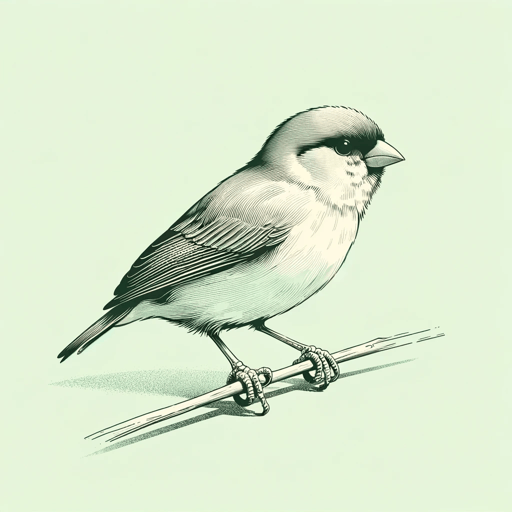61 pages • 2 hours read
Charles DarwinOn the Origin of Species
Nonfiction | Book | Adult | Published in 1859A modern alternative to SparkNotes and CliffsNotes, SuperSummary offers high-quality Study Guides with detailed chapter summaries and analysis of major themes, characters, and more.
Chapters 8-10Chapter Summaries & Analyses
Chapter 8 Summary: “Hybridism”
Darwin tackles the last of what he deems the four likeliest objections to natural selection theory. This objection asks proponents of natural selection theory, “[H]ow can we account for species, when crossed, being sterile and producing sterile offspring, whereas, when varieties are crossed, their fertility is unimpaired?” (672). Darwin argues against viewing sterility as a special quality in organisms that prevents them from interbreeding to prevent mass confusion of varied species in the natural world. Instead, Darwin proposes that sterility is merely “incidental on other acquired differences” (728)—that is, simply a byproduct of species differentiation.
Darwin notes that sterility and fertility exist on a spectrum and that it’s “difficult to say where perfect fertility ends and sterility begins” (730). In addition, degree of fertility doesn’t provide any precise information about the distinction between varieties and species. Darwin, supporting a claim long reiterated by breeders, notes that close interbreeding diminishes fertility, while breeding with more distinct individuals can increase fertility. He notes that many cases of sterility in hybrids result from inbreeding, and he knows of no case in which the effects of inbreeding were properly avoided. Some plants, Darwin observes with amazement, can more readily form hybrids with other, related species than they can self-fertilize.
Featured Collections
Appearance Versus Reality
View Collection
Beauty
View Collection
Earth Day
View Collection
Nature Versus Nurture
View Collection
Order & Chaos
View Collection
Religion & Spirituality
View Collection
Required Reading Lists
View Collection
Science & Nature
View Collection
The Best of "Best Book" Lists
View Collection


